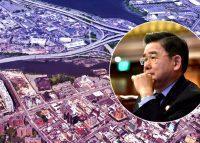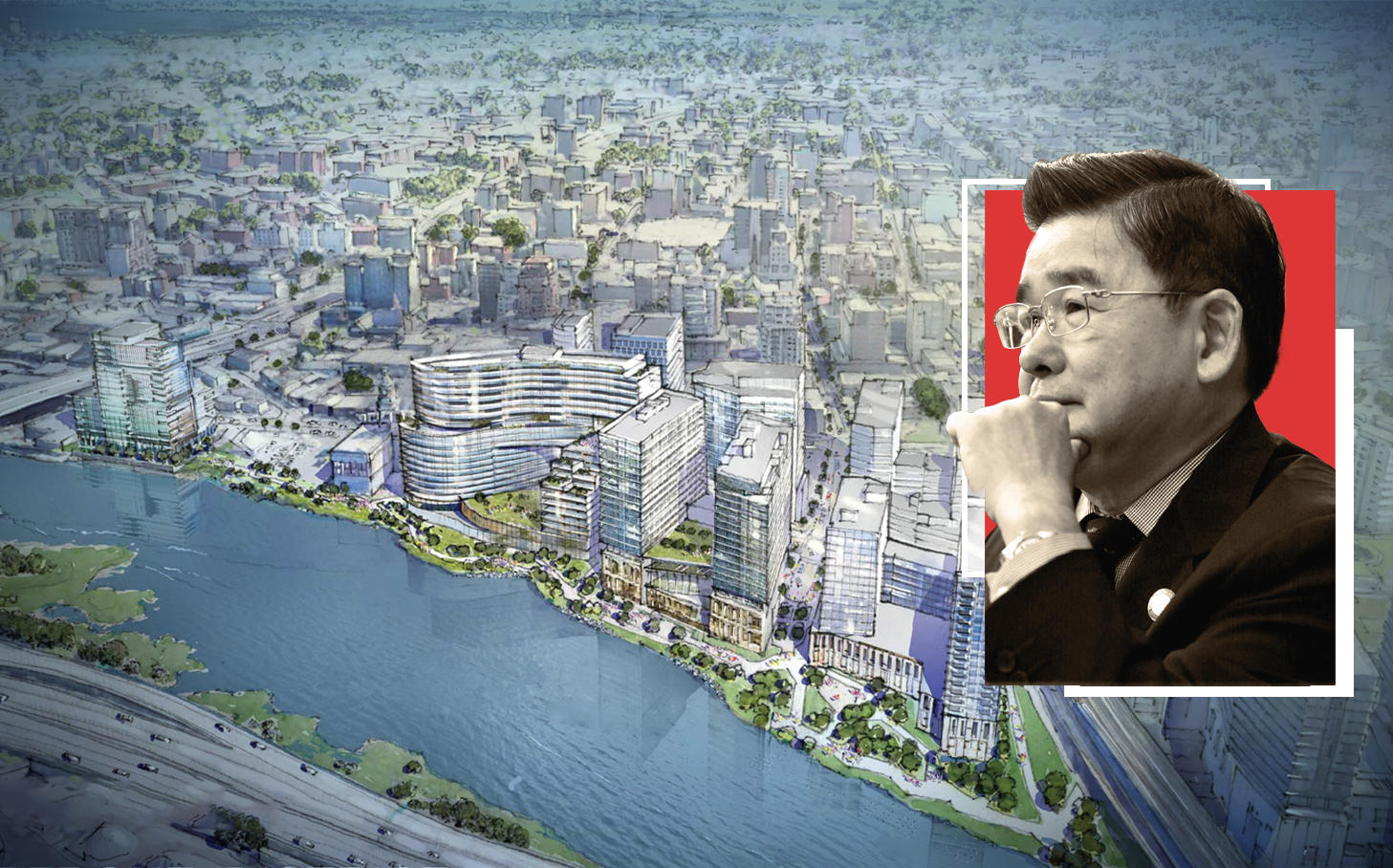 Massive Flushing waterfront development stirs opposition
Massive Flushing waterfront development stirs opposition
Trending
City Planning considers controversial Flushing waterfront rezoning
Proposal would bring housing and hotels to Queens

The city is moving forward with a controversial proposal to rezone a chunk of Flushing’s waterfront, which would pave the way for a massive mixed-use development.
The City Planning Commission held a hearing this week on the Special Flushing Waterfront District proposal, which calls for a 13-building project with more than 1,700 residential units, a hotel, retail and public space.
It would include 75 to 90 affordable apartments, depending on the option chosen under the city’s Mandatory Inclusionary Housing program, as well as 879 hotel rooms.
Read more
 Massive Flushing waterfront development stirs opposition
Massive Flushing waterfront development stirs opposition
 City to resume rezonings, at last
City to resume rezonings, at last
 Build, baby, build: Poll finds New Yorkers want to allow more housing
Build, baby, build: Poll finds New Yorkers want to allow more housing
The development team, Flushing Willets Point Corona Local Development Corporation, includes F&T Group, Young Nian Group and United Construction and Development Group. A representative emphasized during the hearing that the surrounding community has long awaited the transformation of this “desolate and contaminated site.”
The team said the project would resolve an issue that has plagued the community for more than two decades: connecting downtown Flushing with the waterfront.
“This is a community-based project. These are local owners, developers who have been in the community for over 25 years,” said Ross Moskowitz, an attorney representing them. “This project is a legacy project for them. They are stewards in the community.”
Local business leaders say the $2 billion project would help revitalize the local economy.
Some community groups disagree. The MinKwon Center for Community Action and Chhaya CDC, which filed a lawsuit in June seeking to block the proposal until an environmental review of the 29-acre area is conducted, organized a protest outside the Flushing library, arguing that the rezoning does not address residents’ needs and would speed up gentrification in the area, City Limits reported.
John Choe, executive director of the Greater Flushing Chamber of Commerce, said the development would “exacerbate social inequalities” in the neighborhood.
“In the Oscar-award winning movie, ‘Parasite,’ wealthy elites live in luxurious mansions atop the highest points of the [c]ity while low-income households are relegated to precarious flood-prone areas,” he said in prepared testimony. “If you vote in favor of this project, this is exactly what will happen.”
Wednesday’s hearing was the first held by City Planning since the city restarted its land use review process this month. The Uniform Land Use Review Procedure had been suspended for six months. The next step for the Flushing proposal is a vote by the City Planning Commission. From there it will head to the City Council.
Assembly member Ron Kim, whose district includes the development site, has spoken out against the project. But the rezoning’s fate largely depends on Council member Peter Koo, as the chamber customarily votes along with the wishes of the local member on land-use decisions.
That tradition has been called into question on the proposed rezoning of Industry City. Sunset Park Council member Carlo Menchaca plans to vote against it, but it is not known if his colleagues will follow suit.




